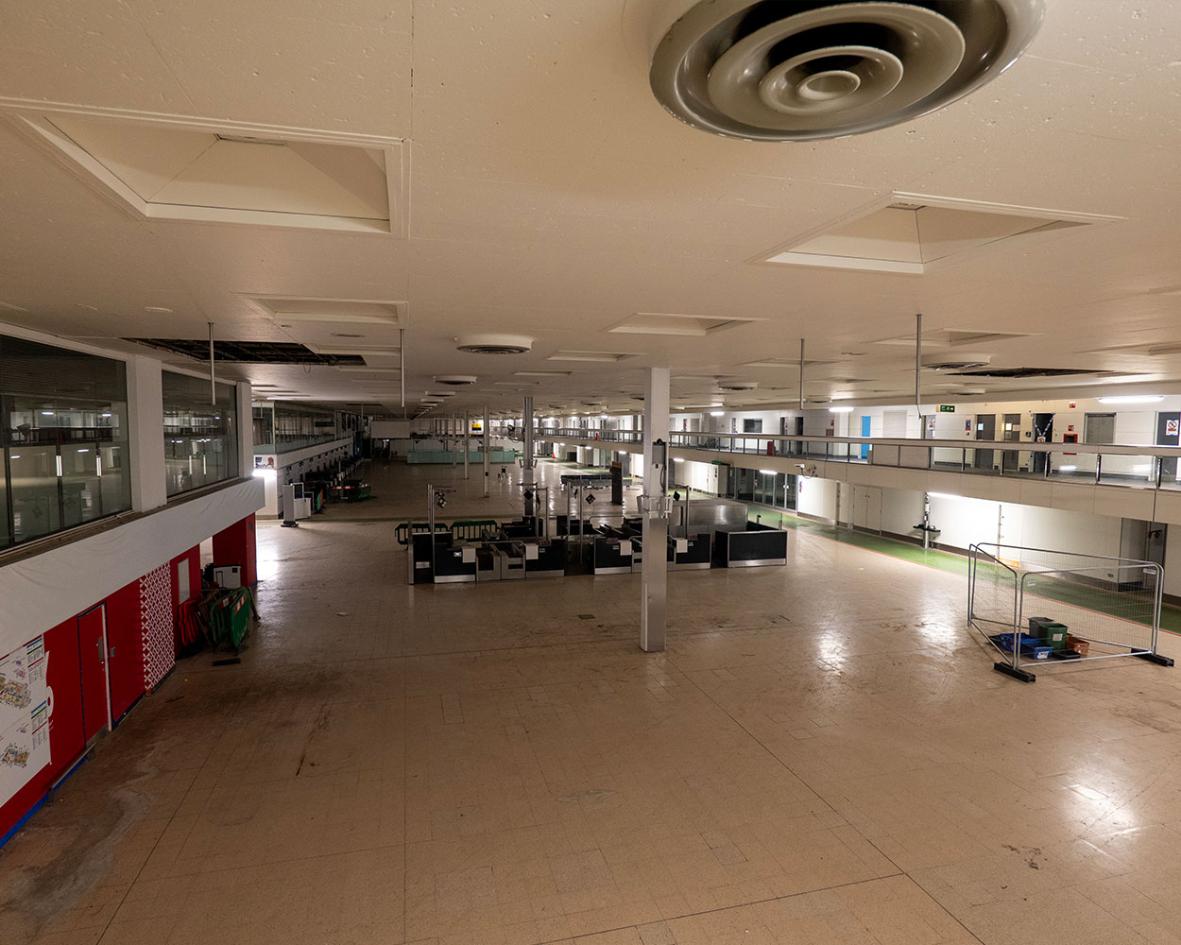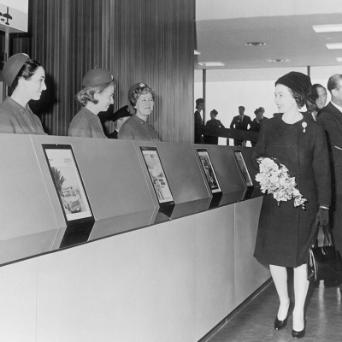Terminal 1’s doors first opened in 1969 in an opening ceremony by the Queen and welcomed hundreds of daily passengers for several years to come. It was recognised as the largest new airport terminal in Europe and was home to a number of airlines, such as British Airways, Virgin Atlantic, and TAM Airlines, amongst several others.
The famous terminal was operational all the way till 2015, with the final ever flight leaving at 9.30pm on the 29th of June, departing to Hanover in Germany. Since the departure of the final British Airways flight, the gates at Terminal 1 have been closed for passengers.
Since its closure, all the airlines and staff moved over to Terminal 2 to make way for the expansion of the beloved Queen’s Terminal.
Terminal 1 may have closed its doors to passengers, but it is still very much operational. The building is still maintained to a very high standard, and the entire building has to be kept fit for purpose for safety and escape route reasons.
The vast majority of the building is mothballed, so apart from the maintenance team, no one really enters it unless there are training events.
A number of emergency service teams, such as the London Fire Brigade, the Ambulance Service, and the Met Police, use various areas in the building for training sessions. There could be around 200 people reenacting various scenarios at one time.
The main functionality of Terminal 1, however, is to house the baggage system for Terminal 2. All of the baggage teams stayed in Terminal 1 as their main base, and all of the bags that are checked into Terminal 2 are processed in the T1 building.
Any disrupted bags that get processed are bought to the ‘purge area’, which is the old international reclaim hall in Terminal 1, and stored there until they are cleared. This is to ensure they don’t clog up any space in Terminal 2 and get in the way of airport staff or passengers. Once they have been cleared and ready to go, they are put back on the belts, processed, and repatriated back to passengers.
Even though Terminal 1 hasn’t been a public-facing, operational Terminal for nearly a decade, it is a functioning building that houses several key services for the benefit and smooth running of the airport in its day to day running.
There may be future plans to one day get rid of the building in its entirety to make space for the further expansion of Terminal 2, but for now, it is still very much a part of the Heathrow campus and stands firmly in its place.











